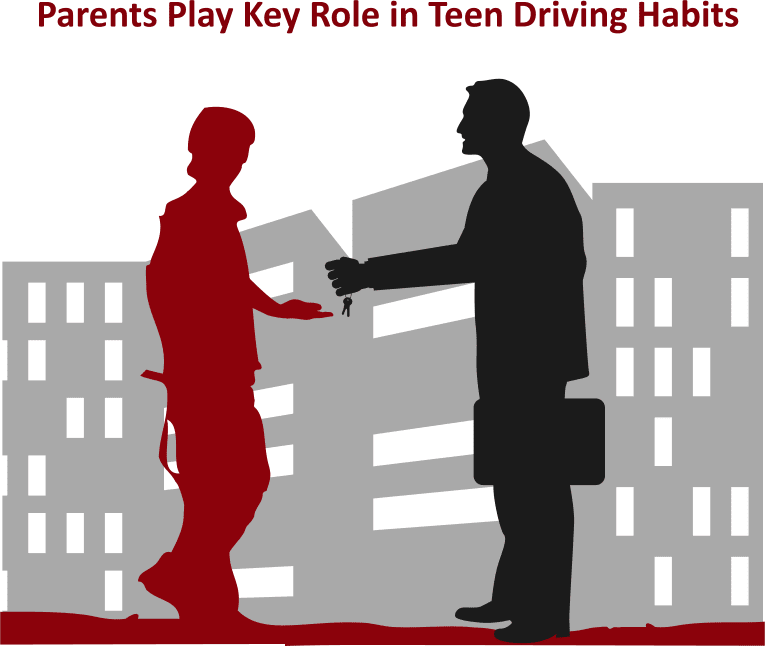
Teenage drivers say their parents are the number one influence on how they act when they get behind the wheel. The results of a new report show parents are poor role models for budding motorists and have little knowledge about how their children handle the responsibility of driving.
This surprising information should be a wakeup call for parents to change their driving habits and start taking a more active role in the development of their children’s driving habits to avoid teen car accidents.
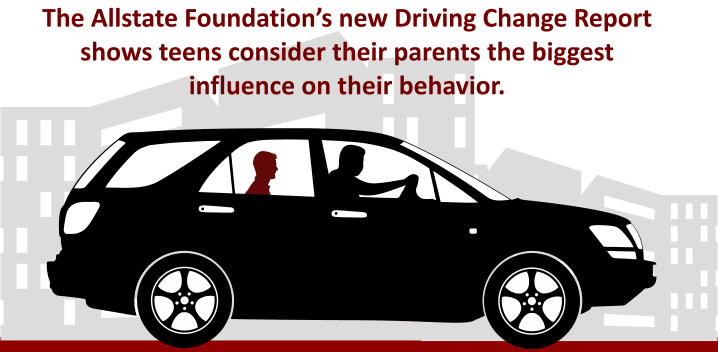
The Allstate Foundation’s new Driving Change Report shows teens consider their parents the biggest influence on their behavior. Yet it also shows parents are just as guilty as teens when it comes to risky driving behavior, especially speeding and driving while distracted.
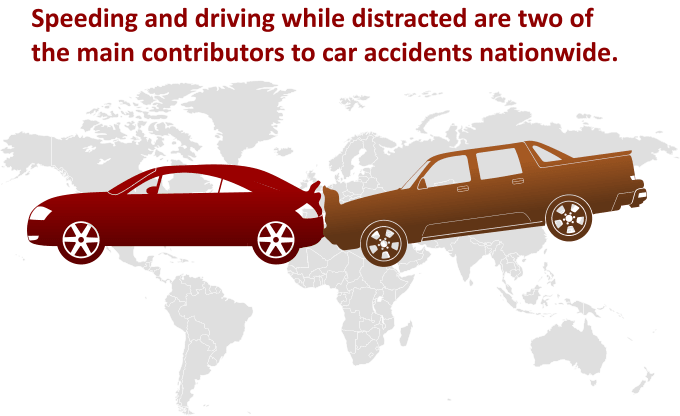
Speeding and driving while distracted are two of the main contributors to car accidents nationwide. Distracted driving involving a cell phone is considered about as dangerous as driving while under the influence of alcohol or drugs because the activity takes the driver’s mind and eyes off the road, hands off the wheel and slows reaction time.
Distracted driving crashes claimed 3,154 lives in 2013, according to nhtsa.gov.
While it is clear why texting and driving is dangerous, many drivers don’t believe it is risky to talk on the cell phone while driving. Yet at least one study shows using a cell phone while driving reduces by 37 percent the brain activity needed for driving. In other words, the spatial processing needed for drivers to process what they observe on the streets is diminished, according to AAA.
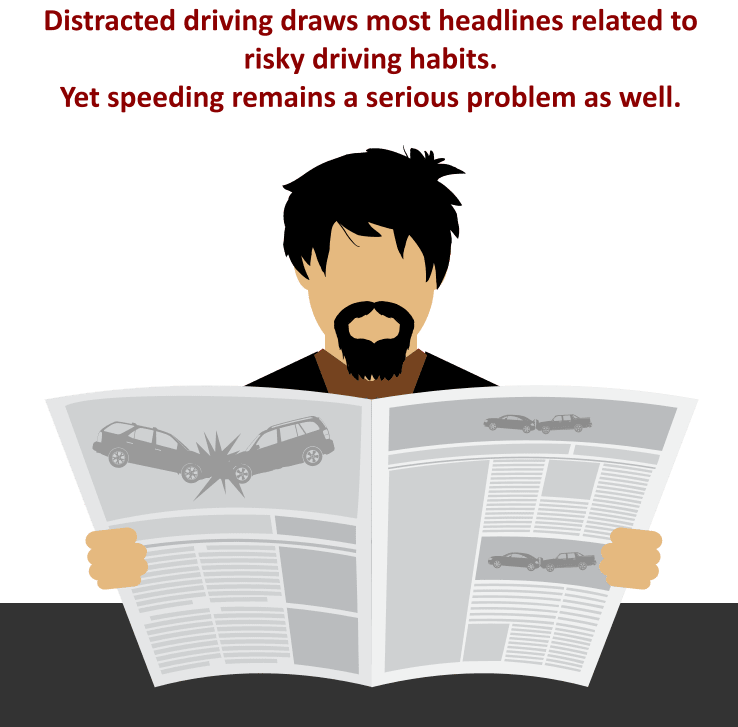
Because of the growing number of people using cell phones, distracted driving draws most headlines related to risky driving habits. Yet speeding remains a serious problem as well.
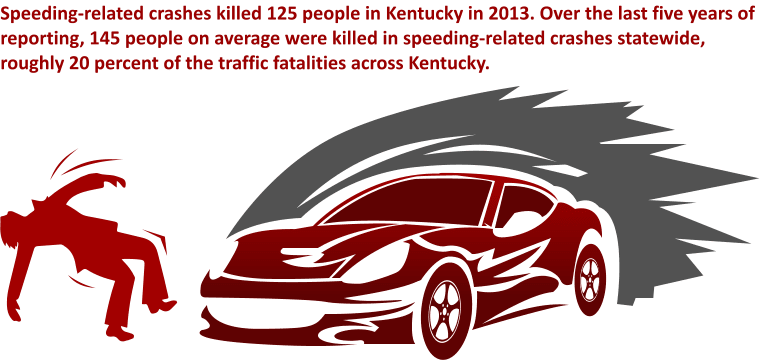
Speeding-related crashes killed 125 people in Kentucky in 2013. Over the last five years of reporting, 145 people on average were killed in speeding-related crashes statewide, roughly 20 percent of the traffic fatalities across Kentucky.
The Allstate Foundation study found parents are nearly clueless when it comes to their teens’ driving habits.
During the summer months Memorial Day and Labor Day when crash rates increase for teen drivers, all motorists need to be aware that more inexperienced young drivers are on the roads, the AAA Foundation for Traffic Safety says in a recent report.
An analysis by AAA of fatal crashes in 2013 found 220 teen drivers and passengers were killed on average during summer months, 43 percent more than during the rest of the year.
Despite a major decrease in teen crashes causing death and injuries over the last 20 years, teen drivers are still a major threat to those around them, the foundation reports.
In 2013, crashes involving teen drivers killed 2,927 people and injured 371,645 more. The foundation’s study looked at crash data for drivers 15 to 19 and found:
Parents can help reduce the teen’s risk behind the wheel by taking an active role in developing their driving skills and serving as good role models.
NSC.org provides parents with a video for setting a good example for their teen drivers.
The NHTSA encourages parents to get involved with teen driver safety.
Research shows teens listen to their parents, and it encourages them to model safe driving behavior any time children are in the car.
The Allstate Foundation says parents should take these three steps:
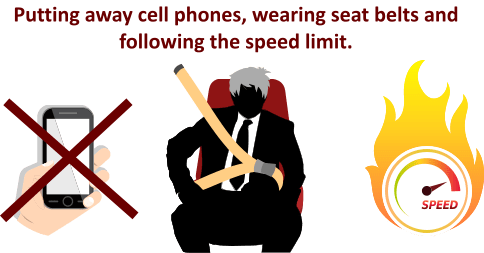
The Bluegrass State’s graduated driver license law is designed to reduce the number of deadly crashes involving teens. This is an important goal because Kentucky has one of the nation’s highest teenage crash rates. Young drivers make up only six percent of the state’s drivers, yet are involved in 18 percent of deadly wrecks and 20 percent of highway crashes, according to the Kentucky Transportation Cabinet.
State law sets up an intermediate period between the young driver’s learner’s permit and full, unrestricted license when they are prohibited from driving between midnight and 6 a.m. – unless an emergency arises – and from having no more than one unrelated passenger under 20 in the vehicle.
Not only must parents be role models, they should set rules for young drivers and institute consequences, such as taking away the keys if young people break driving curfews or get caught speeding.
Set the rules and then enforce them. Take the time to sit down and discuss the dangers of driving and show them how to be responsible. It could save their life.